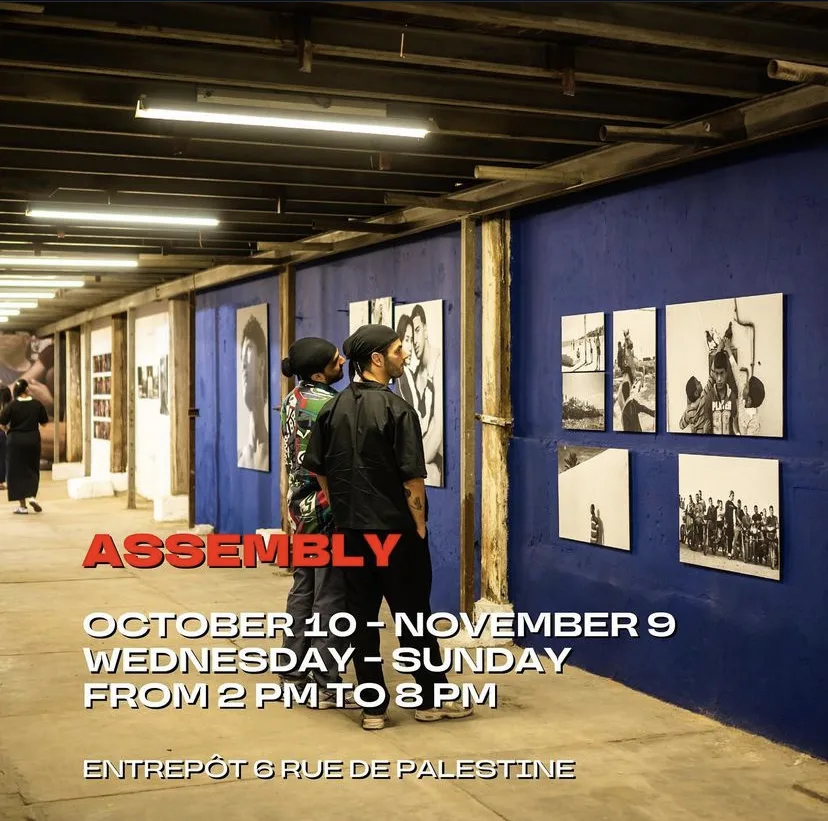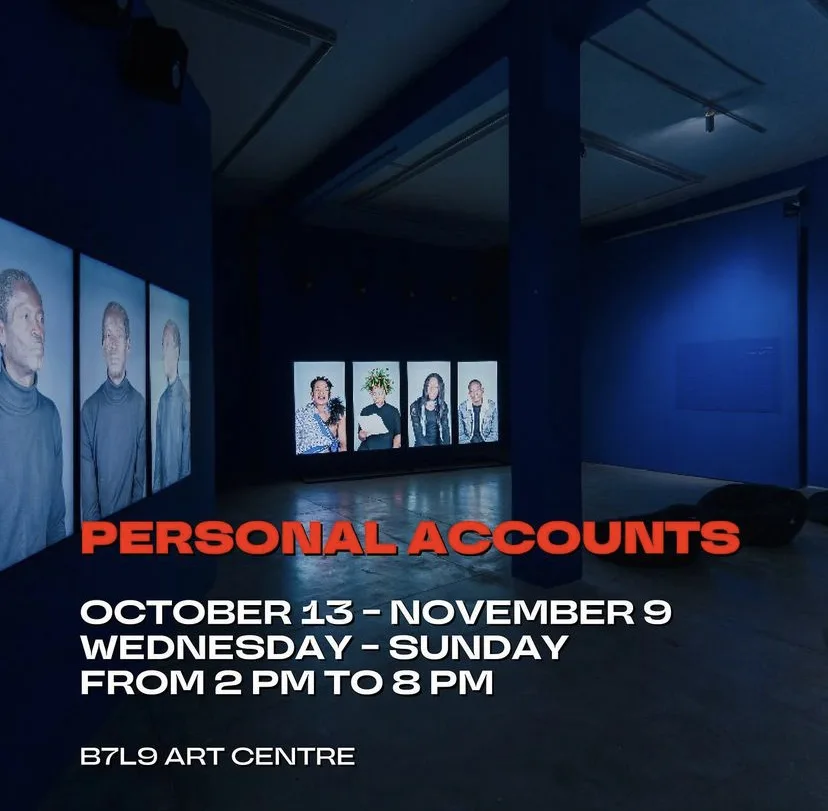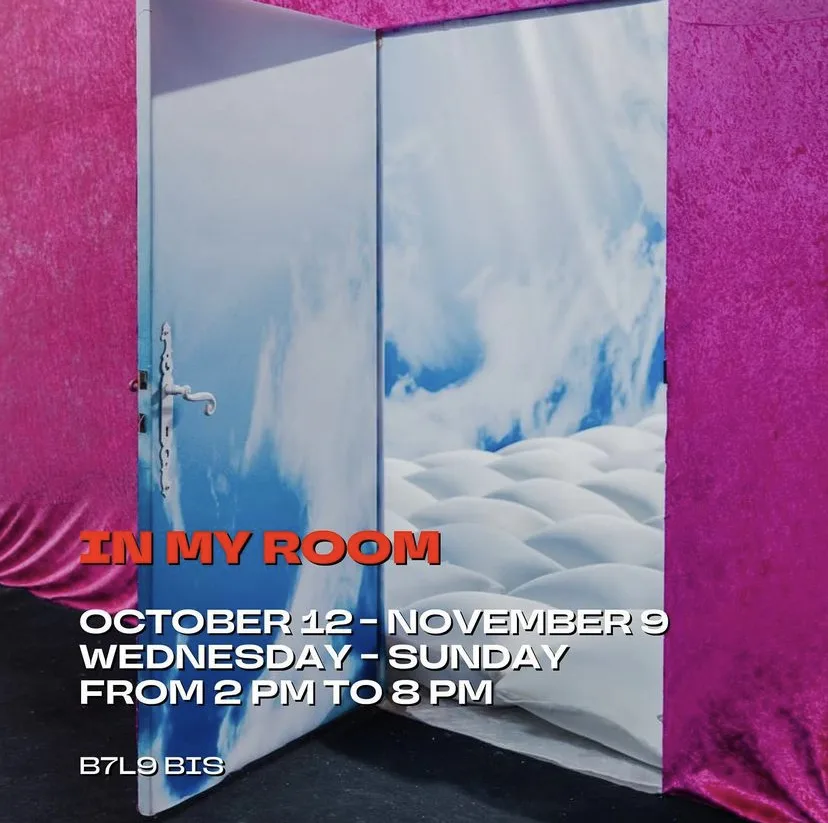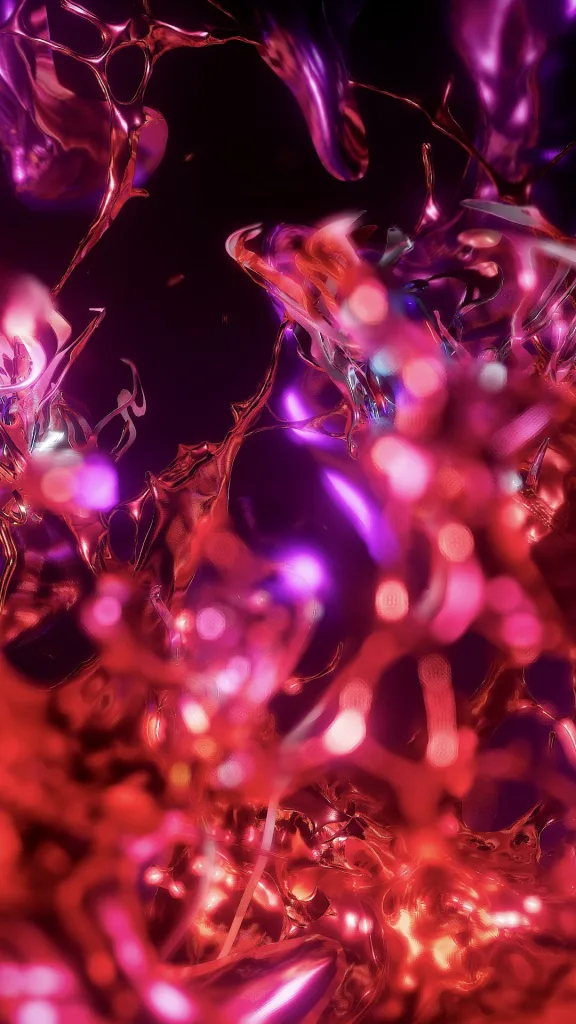Jaou Tunis, a contemporary art biennale founded by the Kamel Lazaar Foundation, has grown into a significant platform for artistic and cultural dialogue, with a focus on challenging societal issues through art. The 2024 edition, themed Art, Resistance, and the Reconstruction of Futures, will be held from the 9th of October to the 9th of November, 2024. This biennale serves as a dynamic hub of artistic expression, bringing together over 60 artists from the Global South across multiple exhibitions, performances, and debates throughout the city of Tunis.
The event transforms public spaces into venues for contemporary art, with highlights that include deeply impactful installations such as Gabrielle Goliath’s Personal Accounts, which centers on survivors of patriarchal violence, and Bachir Tayachi’s In My Room, a photographic exploration of personal healing after heartbreak. The biennale also dives into broader social narratives, such as migration, resistance, and identity, featuring works by artists like Basel Abbas and Ruanne Abou-Rahme, who explore the Palestinian experience, and Anne Immelé, whose photography addresses contemporary Mediterranean migration.

Jaou Tunis is not just an art exhibition but a cultural movement, incorporating symposiums, and performances; this also involves the Jaou Lab initiative, which mentors young artists from Tunisia. This inclusive, city-wide festival has a strong focus on public engagement, using art to inspire conversations around global and local challenges such as decolonization, education, and the reshaping of governance for a more equitable future. The festival’s creative energy and resistance-oriented themes make it a key event for anyone interested in the intersection of art, politics, and society in North Africa and beyond. The locations include the Avenue Habib Bourguiba, Entrepot Rue De Palestine, Institut Français De Tunisie, Marlo & Isaure, Les Entrepôts de la ville de Tunis and B7L9 Art Centre, amongst others.
Five unmissable exhibitions feature at the Jaou Tunis Contemporary Art Biennale, and they are:
Assembly:
In Assembly, the essence of protest and collective action is vividly explored through the lens of artists capturing uprisings across Southwest Asia and North Africa. Running from the 10th of October to the 9th of November, 2024, at Entrepôt rue de Palestine, this exhibition presents the transformation of individual hopes into powerful public gatherings, as bodies and voices occupy shared space to demand rights and freedoms.

Curated by Taous Dahmani, with assistant curator Imen Bahri and scenography by Wadi Mhiri, Assembly showcases nine artists—including Abdo Shanan, Ghyzlène Boukaïla, and Zied Ben Romdhane—who chronicle the physical, emotional, and political landscapes of protest. Through photographs and films, these artists convey a “civic vision” (Azoulay, 2012), bringing viewers into the fragile unity of these movements, where each body contributes to a greater, though vulnerable, collective expression. The exhibition pays tribute to the courage of these assemblies, revealing how personal acts of resistance evolve into historic events. Assembly invites viewers to witness the intricacies of popular movements, offering a compelling exploration of the resilience, aspiration, and humanity that underpins public gatherings.
Melita:
Migration across the Mediterranean—fleeing home, braving the sea, and seeking refuge—is a story as old as humanity itself. This deeply symbolic journey, echoing from ancient history to the current migratory crisis, forms the basis of Melita, מלט—mlִt, Refuge, an exhibition by French photographer Anne Immelé. Running from the 11th of October to the 9th of November, 2024, at the Institut Français de Tunis, the exhibition explores the continuity of Mediterranean migration routes, creating a bridge between past and present journeys.


Drawing from Malta’s renowned caves, which offered refuge to Saint Paul in biblical times, and extending to the shores of Sicily and Tunisia—lands of both departure and arrival—Immelé’s work reconstructs the ancient migratory routes of Phoenician colonists, paralleling these with contemporary migrations. Her photographs capture the Mediterranean as a place of poetic and turbulent intersections, where paths across water link different ages and peoples.
Supported by the Centre national des arts plastiques, MaltaBiennale.art 2024, Stimultania, the French Embassy in Malta, and others, Melita, מלט—mlִt, Refuge features silver gelatin prints by Immelé and digital prints mounted and framed by Sophie and Laurent Weigel of Le Réverbère, with a showcase designed by Tom Van Malderen. This collaborative endeavor, with contributions from individuals and institutions across Malta, Palermo, Tunis, and France, creates a powerful visual narrative honoring both historical and current Mediterranean migrations. Curated as a poignant reminder of human resilience and hope, Melita, מלט—mlִt, Refuge invites viewers to reflect on the shared experience of migration, bridging centuries of Mediterranean history.
Personal Accounts:
Personal Accounts, by Gabrielle Goliath, is an ongoing, transnational sound and video installation that centers the voices of Black, brown, Indigenous, femme, queer, non-binary, and trans individuals navigating patriarchal violence. Hosted at the B7L9 Art Centre from the 12th of October to the 15th of December, 2024, this Black feminist project reveals global stories of survival and resilience, gathered across cities worldwide. Through cycles of collaboration, Personal Accounts records testimonies where individuals share experiences ranging from acute trauma to daily encounters that reinforce marginalization. The installation shifts the focus from violence alone to celebrating acts of resilience, capturing the creative, life-affirming ways that participants transcend conditions of oppression.

A unique decision defines this work: spoken words are replaced by non-verbal sounds—breaths, hums, sighs—conveying the essence of each story beyond literal interpretation. This gesture respects the complexity of survivor experiences and resists the need for “legibility” that often undermines their accounts, fostering a soundscape of care and presence. With the support of institutions like Galleria Raffaella Cortese, Goodman Gallery, and Talbot Rice Gallery, Personal Accounts invites a different kind of listening, creating a space of shared vulnerability and mutual recognition that honors each survivor’s narrative in deeply inclusive ways.
In My Room:
In My Room, the latest exhibition by artist-photographer Bachir Tayachi, offers an immersive exploration of personal loss and renewal. Inspired by the end of a significant relationship, this exhibition invites viewers into a series of installations that reflect Tayachi’s own emotional journey. Running from the 12th of October to the 5th of November, 2024, at B7L9 BIS, In My Room unfolds through three distinct spaces: “Rage,” “Slut-Happy Hunting,” and “Healing.” The exhibition combines still and moving images, soundscapes, and interactive elements to convey Tayachi’s progression through heartbreak, self-discovery, and resilience. Each room serves as a chapter of this journey, crafted to evoke stages of emotion that visitors may recognize in their own lives. Through these spaces, Tayachi transforms personal pain into universal themes of growth and redefinition.

Intimacy lies at the heart of In My Room. The title speaks to the dual nature of a room as both sanctuary and place of solitude, mirroring the isolation that can accompany emotional crises. By designing evocative environments and meticulously arranged images, Tayachi connects viewers to the nuanced process of healing, offering a space where they can reflect on their own experiences of loss and transformation. With echoes of ancient hero myths, In My Room guides us through interactive spaces that invite introspection and empathy, bridging the artist’s story with the viewer’s own path toward resilience.
Agartha:
In this collection, artist Fares Dhifi invites viewers into a captivating world suspended between reality and fantasy. Hosted at Marlo & Isaure from the 13th of October to the 9th of November, 2024, Dhifi’s works delve into an imaginary realm, unbound by physical constraints and nurtured by pure contemplation. Through meticulously crafted digital frames, he captures fleeting, dreamlike beauty, as though preserving a glimpse of the ephemeral. Agartha features unconventional furniture pieces that transcend their functional origins, becoming sculptural embodiments of strength and vulnerability. Each piece, with colors and forms that echo the natural world yet feel slightly altered—as if seen through a distant memory—exists as a bridge between the tangible and the imagined.

Dhifi’s pieces are meant to be experienced not only visually but also tactilely, engaging the viewer in a silent dialogue with each line and color. Each object is a fragment of a larger narrative, capturing themes of creation and transformation. In this hidden universe, Dhifi reveals the boundless potential of imagination, offering a testament to the idea that within everyone lies an untapped world—a place where even the darkest soils give rise to beauty and growth.


